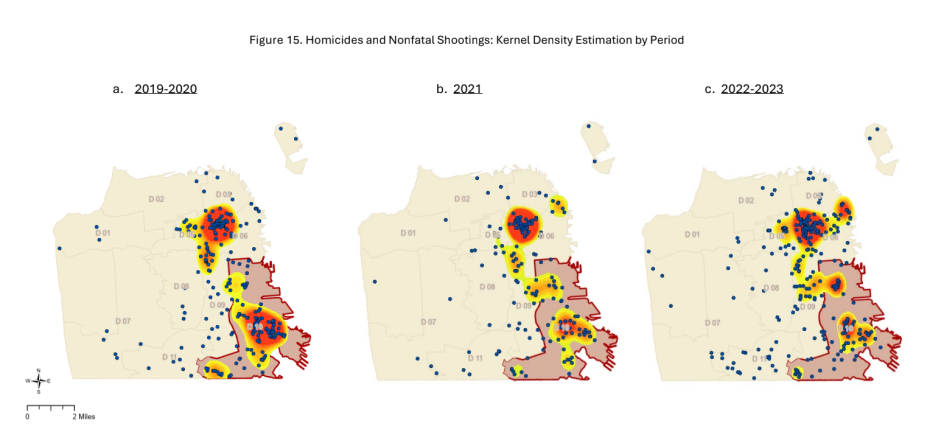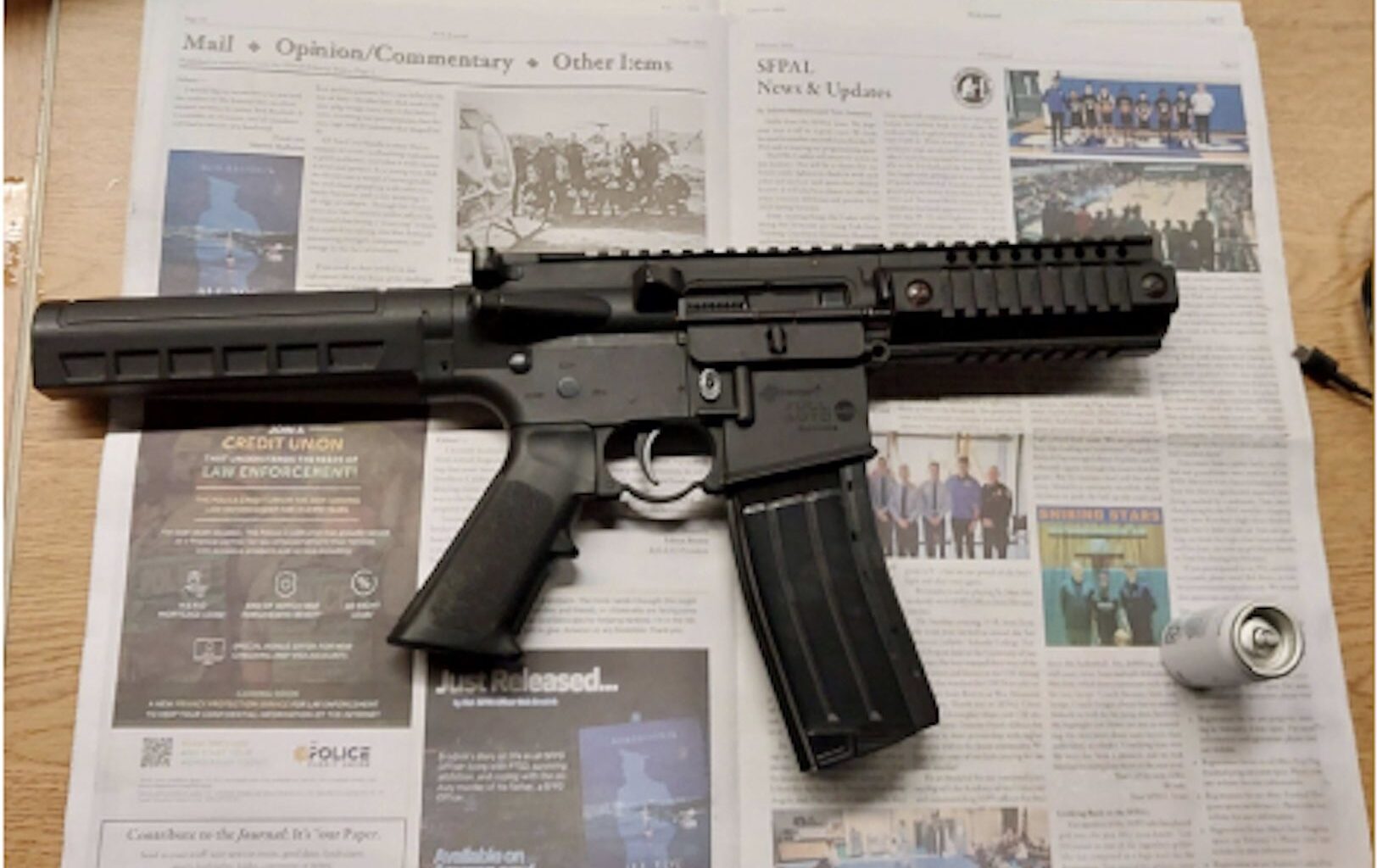When violent crime happens in San Francisco, police reports show it usually occurs in the Tenderloin, Bayview-Hunters Point, or the Mission. But while the latter two neighborhoods get government funding to prevent violence before it happens, the Tenderloin does not.
District 5 Supervisor Bilal Mahmood, who oversees the Tenderloin, hopes to change that.
On Tuesday, he will introduce a resolution calling on city leaders to fund violence prevention programs for the neighborhood’s youth, who he says are getting caught up in the area’s drug and crime troubles.
Across the city, programs like these are credited with reducing violence by helping young people who might otherwise be recruited by criminal enterprises with after-school programs, job training opportunities, or just a space to hang out. These programs receive millions of dollars in funding — but none are based in the Tenderloin.
“Over the last month or so, we’ve seen an escalating level of violence within the community, and specifically amongst transitional-aged youth,” said Mahmood, referring to young adults aged 18 to 24 who were raised in the neighborhood.The Tenderloin is home to the highest concentration of youths in the city and studies show guns are the leading cause of death for children and teens across the country.
Last month, a 17-year-old died after being found shot near McAllister and Jones on Sept. 3, according to city officials, and on Sept. 14 a 22-year-old was shot near Golden Gate and Turk and died a few days later.
“Kids that were raised in the neighborhood are now at this age where they no longer have a support network,” Mahmood said. “These teenagers and transitional-aged youth … they go outside and all they see is an open air drug market, and that’s what they’re being exposed to.” Mahmood added that a transitional-aged youth also died of a drug overdose that month, and that a gun was discovered in a children’s park.
Mahmood’s resolution calls for the mayor’s office to prioritize funding for a “Tenderloin Youth Violence Prevention Program” specifically for the neighborhood, and treat violence prevention as a “public health investment.”
The resolution cites increasing levels of under-18 crime victims, and that at least 57 youth aged 13-17 have been arrested for drug dealing since August 2023, often in the Tenderloin.
Several neighborhood-based organizations do violence prevention work in San Francisco with funding from the Department of Children, Youth and Their Families. DCYF spokesperson Emily Davis said the programs are available to anyone in the city, and Tenderloin students can access some programs at their schools — but none of these programs are based within the Tenderloin neighborhood.
Placing youth programs in close proximity to at-risk youth is a critical factor for effectively keeping them from getting caught up in the criminal justice system, according to a Tenderloin Youth Services Gap analysis conducted in collaboration with the planning department in 2024. The analysis noted a lack in weekend activities and spaces for transitional-aged youth as a particular problem. It suggested that a drop-in location specifically for teens to socialize, play sports, or participate in different outreach programs could “act as a preventive measure against their potential involvement in the drug scene.”
Rudy Corpuz founded SoMa-based United Playaz in 1994, in an effort to replicate a community center he remembered from his childhood growing up in that neighborhood.
Today, United Playaz serves 125 to 150 children primarily from SoMa at its headquarters on a daily basis, and has expanded operations to different states, and even the Philippines, but there hasn’t been a concerted effort to extend the few blocks to the Tenderloin. United Playaz received more than $1 million from DCYF for its academic and “identity formation” programs for the 2024-2029 funding period.
Corpuz said he’s seen kids and young adults “on the path of destruction” — struggling in school, in conflict with family — who were able to turn things around after entering his program.
“They’re happy. Instead of death or in jail now they’re alive, thriving, got family… just living their life.” Corpuz said. He estimates about seven of every 10 people coming through those programs end up changing their circumstances.
The numbers confirm the success of programs like these. A University of Pennsylvania analysis of a police-run violence prevention program in District 10, which includes Bayview-Hunters Point, Ingleside, and Potrero Hill, found that the initiative was “successful in reducing serious violence” and that it was correlated with a 50 percent reduction in homicides and nonfatal shootings compared to the rest of the city.
According to the report, the city’s highest concentration of shootings and homicides, which initially were found in District 10, decreased over time. During the same time frame, they appeared to increase in the Tenderloin.
 Screenshot from October 2024 analysis of San Francisco Violence Reduction Initiative in District 10.
Screenshot from October 2024 analysis of San Francisco Violence Reduction Initiative in District 10.
The report said that the city should “consider expansion to other areas suffering from serious violence.”
The police department has received $7.5 million since 2020 for the “Violence Reduction Initiative,” which is ongoing. Police spokesperson Evan Sernoffsky said the department has applied for another state grant and is considering expanding the program to the Mission District, which is already receiving nearly $13 million for a “Roadmap to Peace Initiative” through Instituto Familiar de la Raza.
Mahmood called violence in the Tenderloin a “health epidemic.”
“That’s why we’re raising awareness for a model that has been proven to be effective,” he said. “We just need to bring it here.”

